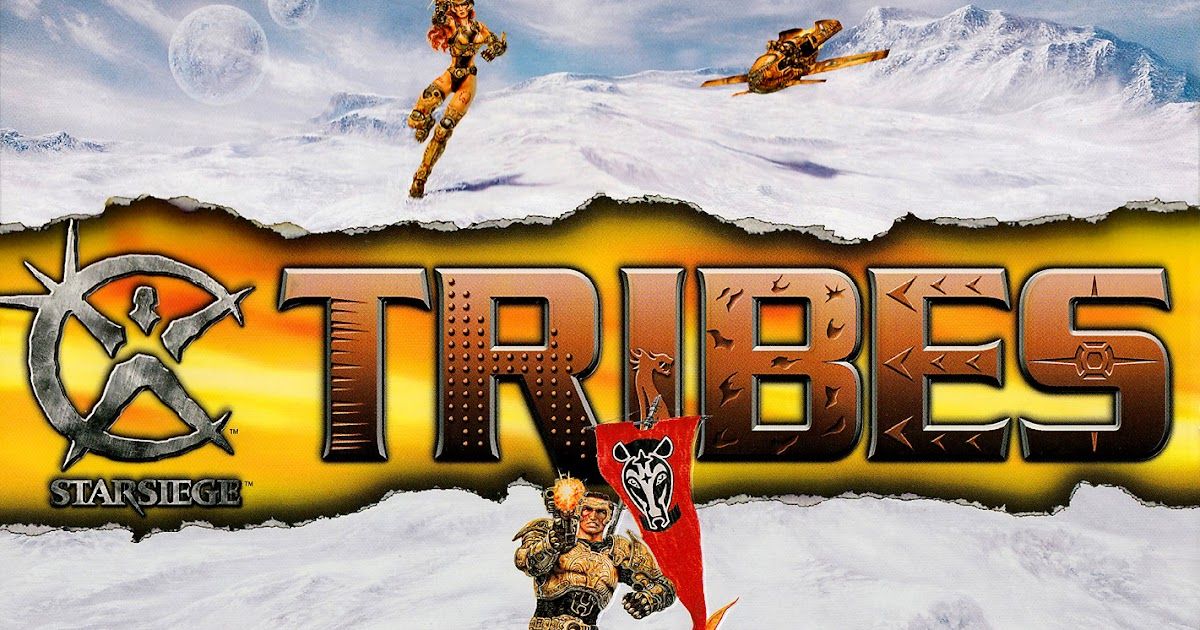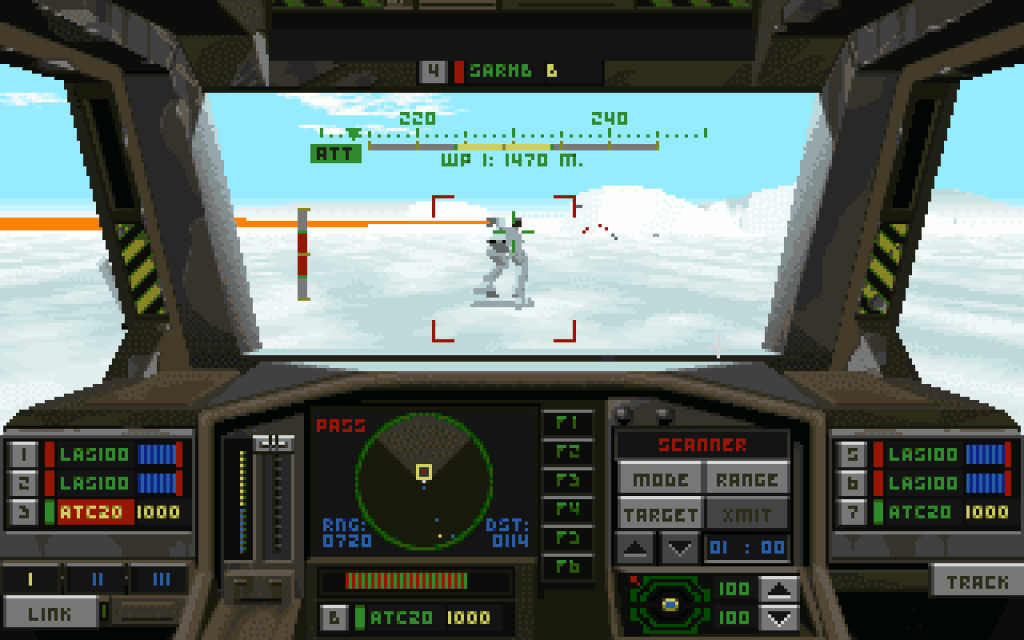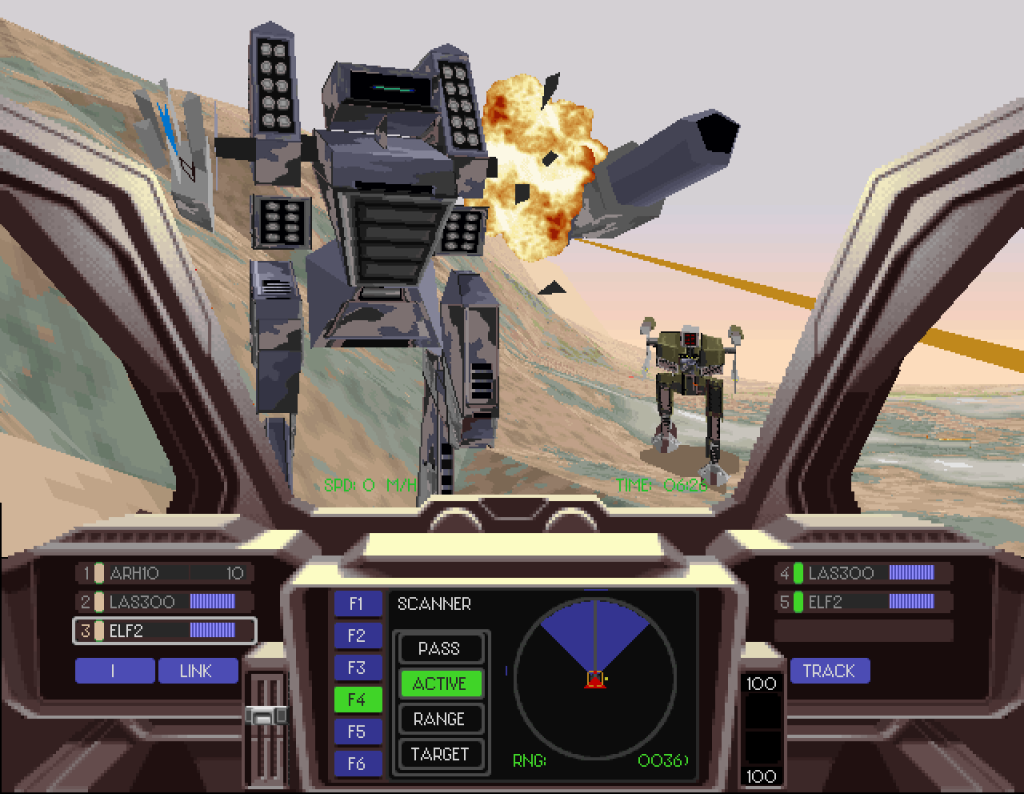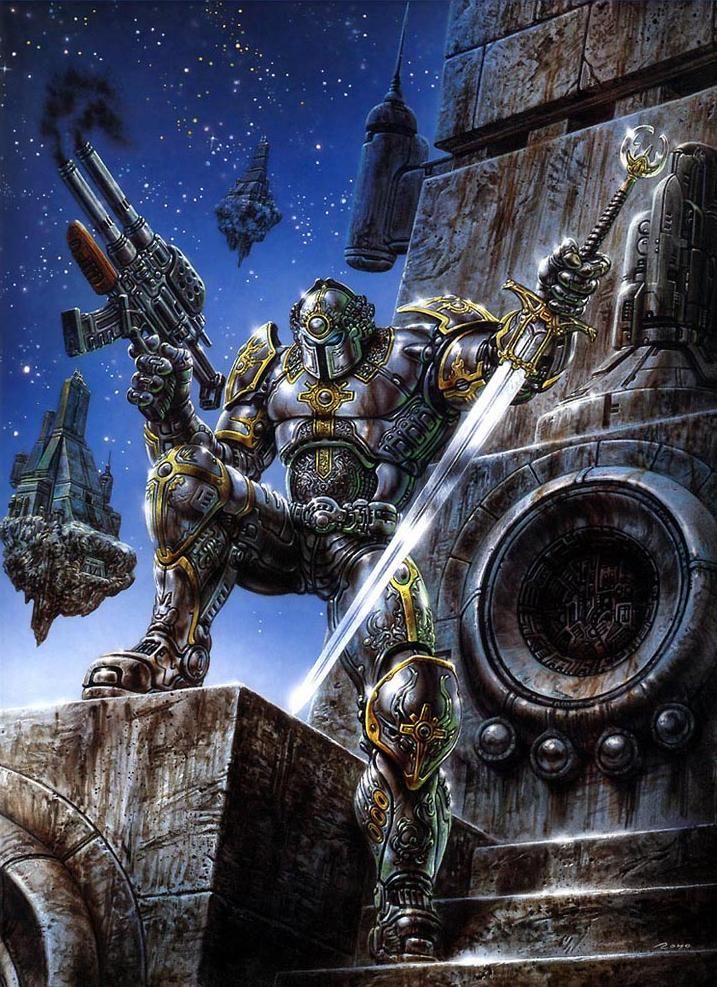Tribes: The Great FPS Underdog, Part 1
Tracing the life cycle of Tribes from release to the closing of its developer

The PC Gaming Golden Age was an incredible time for PC gamers. 3D acceleration technology had opened up a world of possibilities for developers. The 80s and early 90s refined game development workflows and created a generation of game dev veterans ready to pass on their expertise. The industry was well established, and the money of the Dotcom Boom was flowing to developers. However, the industry wasn't completely established - games had become so popular so quickly that the corporate suits hadn't found the perfect formula to guarantee blockbuster sales. So, they gambled. They provided developers with remarkable amounts of creative freedom, and the money to back it up.
Everything was in perfect alignment, and the years of 1996 to 2000 birthed a seemingly endless supply of unrivaled classics: Quake set the post-Doom FPS era in motion in 1996, with 1997 delivering Fallout, Age of Empires, and one of the great early MMOs, Ultima Online. Half-Life, Baldur's Gate, StarCraft, and Rainbow Six all arrived in 1998, a banner year for a variety of genres. 1999 saw the debut of Homeworld, Unreal Tournament, Quake III, and Planescape: Torment, and finally, the new millennium rewarded Y2K survivors with The Sims, Deus Ex, Counter-Strike, and Diablo II. Several of these games would go on to become established franchises, and the overall volume of high-quality PC games from this era is nothing short of staggering.
Origins
In 1998, Dynamix (under publisher Sierra On-Line) put their hat in the ring with their own ground-breaking game - Starsiege: Tribes. Dynamix was one of gaming's elder statesmen, having first entered the industry in the early '80s with Stellar 7 (1983). Afterward, Dynamix made a name for themselves with a broad range of well-received games, like Red Baron (1990), The Incredible Machine (1992), and the beloved CRPG Betrayal at Krondor (1993). However, it was in 1989 when the story of Tribes began.

In 1989, Dynamix released MechWarrior, published by Activision. This was the second videogame set in FASA's BattleTech universe, the first being BattleTech: The Crescent Hawk's Inception (Westwood Studios, 1988). With MechWarrior, Dynamix showed that they knew how to do big stompy robots well, but their involvement with the BattleTech franchise wouldn't last long - Activision switched to an internal dev team for MechWarrior 2.
In response, Dynamix established its own mecha franchise in 1994, called Metaltech. This franchise would give birth to the core series of Battledrome and Earthsiege in 1994, Earthsiege 2 in 1996, and Starsiege in 1999. Instead of BattleMechs, the combat robots in Metaltech were called HERCULANs (HERCs more commonly). The Metaltech series told the story of humanity's war against the Cybrids, a race of artificially intelligent machines hellbent on Earth's destruction. As far as gameplay was concerned, Earthsiege offered a viable challenger to the dominance of the MechWarrior. However, without the associated licence, the series was always relegated to underdog status.

So where does Tribes, a first-person shooter, fit into this narrative? Mecha games weren't the only entries in the Metaltech universe. Dynamix also released a platformer (Hunter Hunted, 1996), two strategy games (CyberStorm 1 and 2, 1996 and 1998 respectively), and finally, Starsiege: Tribes (1998).
Tribes was set over 1000 years after the end of Starsiege (which was released in 1999, after Starsiege: Tribes), at the far-flung fringes of space where human colonists, cut off from the Empire, have arranged themselves into militant tribes battling for control of inhabitable worlds. Those four tribes are the Children of the Phoenix, Blood Eagles, Starwolf, and Diamond Sword. Though the lore underpinning the Tribes games is rich and brought to life by the incredible art of Luis Royo, it is barely referenced in the actual game and serves only to add some flavour to the multiplayer shooter. What made Tribes truly memorable enough to spawn its own offshoot franchise was the gameplay.

Birth of the Tribes Franchise
Starsiege: Tribes was, arguably, the birth of the team-based, objective-focused multiplayer shooter as a subgenre in its own right. It's hard to pin down exactly when this sort of multiplayer game gained popularity, but the Team Fortress mod for id Software's Quake (1996) was probably one of the first examples. Tribes was the first commercial release, however, and it broke new ground that no other multiplayer shooters at the time had. Huge, sprawling environments, customisable classes, base defences, vehicles, and voice emotes and animations all showed up in the game. Tribes presented combined arms warfare in a first-person shooter like nothing else at the time.
Game modes consisted of Capture the Flag, Defend & Destroy, Find & Retrieve, Defend & Hold, and the ever-present Deathmatch. Though each mode had its faithful, the majority of servers hosted CTF and Defend & Destroy matches. CTF played as you would expect, however, the flag was usually deep within the enemy base, protected by base defences and legions of enemy players. D&D was similar, except the goal was instead to destroy the enemy base before they destroyed yours.

Tribes had classes, but they were far more dynamic than many modern objective-based shooters. In Tribes, you started by selecting an armour type - heavy, medium, or light. After that, you could select your weapons, grenades, and what type of pack you would carry. The packs served many functions, such as the Energy Pack, which provided additional energy for your jetpack and weapons, and the Jammer Pack, which could hide you from enemy sensors (including turrets). Once you had picked your gear, you could save the whole kit as a favourite and give it a name - Tribes conveniently included some starting kits like Sniper and Heavy Offense.
These customisable kits meant that a player wasn't locked into a specific set of equipment if they wanted to play a certain role. If you wanted to run as a sniper, then all you needed was an Energy Pack and Laser Rifle; the rest was up to you. And, considering how unique all the weapons were, this meant a player could refine any class to match their abilities.
The Disc Launcher is perhaps the most iconic Tribes weapon. Any armour class could carry one, and it was essentially the Tribes answer to the rocket launcher. There were few better metrics of player skill than the ability to kill an opposing player with a well-placed explosive disc while they were flying through the air. Another memorable weapon was the Mortar. This launchable weapon could only be wielded by players in Heavy armour, and the enormous blast of the projectiles would usually take out a few players as well as the intended enemy turret.
Of course, there was also the sniper's Laser Rifle. This rifle was a hitscan weapon, only usable by players in Light armour, and it could deal enormous damage per hit. The most memorable part about the Laser Rifle, however, was the sound and visual effects. The laser made a distinctive sound that, if you were on the receiving end, would send you scrambling for cover trying to avoid the next hit (assuming you survived). The flipside of this was that the location of the sniper was clearly delineated by a bright red laser from the source of the weapon to the target. In essence, a sniper would need to stay mobile, because it wouldn't be long before the opposing team would be bearing down on your position.
This assumes they could reach your position of course because there was every chance that you could be raining death from above with help from a vehicle. Tribes had three vehicles on offer - a single-seater flying bike that could launch missiles, and two transport aircraft - a two-passenger and a four-passenger variant. Unlike a lot of later games, the transports in Tribes actually served an important purpose. Players in Heavy armour couldn't move more than a walking pace, and their weight made the jetpack less effective over long distances, so these players would often rely on transport aircraft to move them around the battlefield. Passengers could use all their weapons while in flight as well, and one of the greatest joys in Tribes was sitting in a transport full of players packing Mortars, with the pilot circling the enemy base while you rained fiery death on the enemy below. Until, of course, someone managed to repair the missile turret and blast the transport out of the sky.
The most memorable part of Tribes multiplayer, however, wasn't an intentional design decision. It was an emergent mechanic, that came about as a result of game physics. Termed by players as "skiing", it involved using your jetpack to get some altitude, then spamming the jump button as you landed on the downward slope of a hill or other surface. This would convert the momentum of the fall into horizontal speed. On reaching the next hill incline, you would use your jetpack to repeat the process. It sounds somewhat complex, but in practice was quite intuitive, and an integral part of the Tribes experience.

The Tribes community was solid - while it never attained the runaway success of its contemporaries like Quake, Unreal, and Half-Life, it was relatively easy to find full 32-player servers. These huge matches were backed by incredibly stable networking code, and even on my 56k dial-up connection, my experiences of lag were no worse than any other multiplayer shooter with half as many players. Together with a stable player base, the Tribes community was awash with clans (or "tribes" of course), and the game was clearly designed with competitive play in mind. Players could even make recordings of their games with a simple checkbox option before the match.
All these factors fostered the growth of an eSports scene within Tribes, making it one of the earlier recognised eSports titles, and a regular game in the leagues of the day. And what better way to build a reputation than to make recordings and share them with other players for bragging rights?
For a while, it seemed like Tribes was destined to be the next big thing in multiplayer gaming. Sure, games like Quake, Unreal and Counter-Strike were massive, but Tribes had a unique squad-focused gameplay loop that meant it didn't have to directly compete with those titles. Things were looking up, and a Tribes expansion (Tribes Extreme) was dropped in favour of a full-blown sequel.
Tribes 2 released in March 2001 and was an instant commercial success. Sales were rising, player counts were increasing, and countless mods were expanding the levels and gameplay in all manner of exciting new directions. But, five months after a successful release, Dynamix closed its doors. So, what the hell happened?
What happened, indeed? In Part 2, we will examine just that topic, and how Tribes fared after the closing of Dynamix. Check back soon to find out!